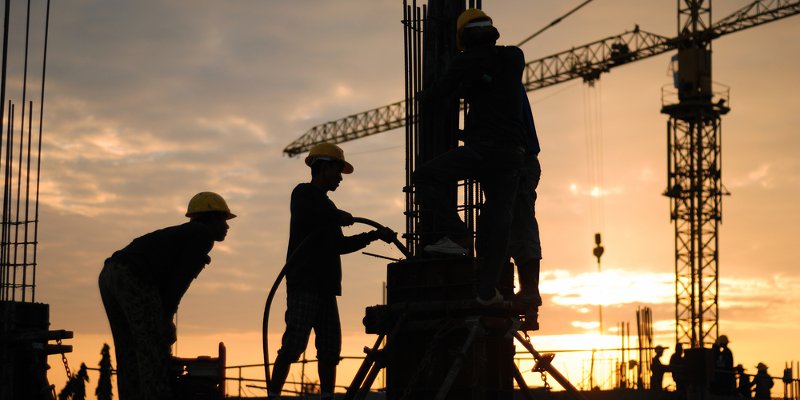
This rise was accountable to a 3.5% increase in new work, which offset the 0.6% decline in repair and maintenance.
The rise in construction output in November was the seventh consecutive month of growth since the record decline of 40.7% in April 2020.
According to the data, the monthly increase in new work in November was due to growth in all new work sectors apart from public new housing and public other new work, which fell by 2.4% and 2.8% respectively.
Meanwhile, the monthly decrease in repair and maintenance was because of a 6.0% fall in private housing repair and maintenance.
This is despite growth of 5.7% in public housing and 1.9% in non-housing repair and maintenance.
Construction output grew by 12.4% in the three months to November 2020 compared with the previous three-month period, because of growth in both new work (11.9%) and repair and maintenance (13.2%).
Furthermore, the level of construction output in November was 0.6% above the figure seen in February.
Repair and maintenance work was noted at 7.4% above the February result and new work 3.1% below its pre-pandemic level.
Andy Sommerville, director at Search Acumen, said: “This latest data shows the construction sector is one of the few elements of the economy that is outperforming its pre-pandemic levels.
“The recovery in output from the troughs of the first lockdown has been partly driven by activity in the housing market running hot.
“Housebuilders are responding to high levels of demand triggered by the stamp duty holiday by scaling up supply of homes or rushing to complete projects put on hold during the first lockdown.
“However, the property market is facing a cliff edge at the end of March when the stamp duty threshold reverts to normal, which may have a residual impact on construction output.
“Housebuilders could renege on projects in anticipation of lower demand and house prices sliding in 2021.
“The reintroduction of nationwide lockdown measures in England should encourage firms to double down on integrating technology into their core operations for 2021 and beyond.”



